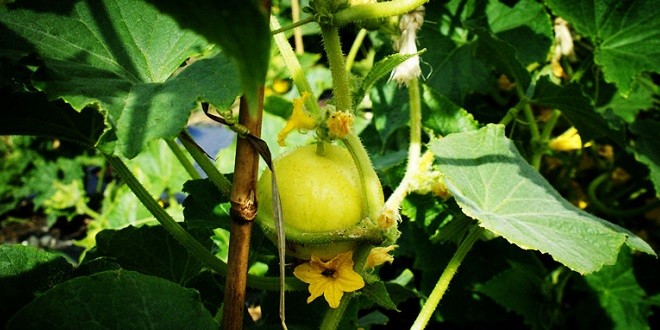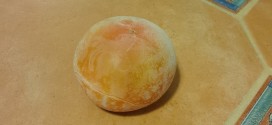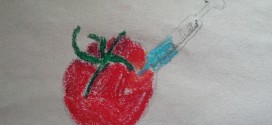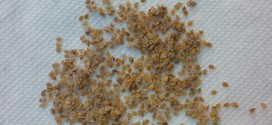If you think you cannot afford to eat organic exclusively, or you just heard of eating organic and you want to know how it’s like without breaking your bank, you are not alone. Organic foods tend to be much more expensive and it could be quite a burden to feed one’s family all on organic food.
There is good news, though. You do not have to buy only organic to eat healthy. Some conventionally grown foods are OK for your health.
We can roughly divide up our food into two categories for this purpose. If we are to start eating organic, let’s see what are our choices.
- Meat, Milk, Eggs, Butter
If your family eat a lot of meat, it’s advisable to consider alternatives to eating meat or to buy organic meat. As beef cattle and pigs are fed growth hormones and antibiotics on a regular basis, a lot of those will stay in the meat we eat and end up in our body. Conventional chicken producers use chicken feed that contain cancer-causing arsenic. Of course, any pesticides contained in the animal food might be passed onto the meat we eat.
For the same reasons as were mentioned for meat, all those pesticides, hormones and antibiotics will be found in non-organic milk, eggs, and butter. As pesticides residues are stored in fatty tissues, butter is one of the dairy products that contain the most pesticides residues.
- Vegetables and fruits
- The Dirty
Every year, EWG (the Environmental Working Group, “a non-profit, non-partisan organization dedicated to using the power of information to protect human health and the environment” based in Washington, D. C, USA (for more info on EWG, please visit its website @ http://www.ewg.org/ ) publishes its Dirty Dozen list of fruits and vegetables that contain the most pesticide residues. On the 2014 list, apples top the list. The other vegs and fruits that have found way onto the list are strawberries, grapes, celery, peaches, spinach, sweet bell peppers, imported nectarines, cucumbers, cherry tomatoes, imported snap peas and potatoes.
Things could be slightly different in Canada, but if you can afford it, the foods on this list that are conventionally grown should be avoided. If organic is not an option, thoroughly washing it in a solution of one part vinegar to three parts water could remove some pesticides residues. Peeling and cooking would also help.
- The Clean
In the same Shopper’s Guide to Pesticides in Produce published by EWG, there is also a list of Clean Fifteen, which are produce that are least likely to contain pesticides residues. These are are avocados, sweet corn, pineapples, cabbage, frozen sweet peas, onions, asparagus, mangoes, papayas, kiwis, eggplant, grapefruit, cantaloupe, cauliflower and sweet potatoes. It’s relatively safe to buy conventionally grown food on this list.
To sum up, for foods derived from animals, organic is strongly recommended; for vegetables and fruits, eat organic produce that contain the most pesticide residues, and non-organic the rest.
To eat organic on a limited budget, it’s hard but not impossible. There are sometimes bargains that you can find in your local store flyers, or buy meat that are close to their expiry date and then freeze it for later use.
 EatingOrganic.CA eating healthy, ethical & eco-friendly
EatingOrganic.CA eating healthy, ethical & eco-friendly




